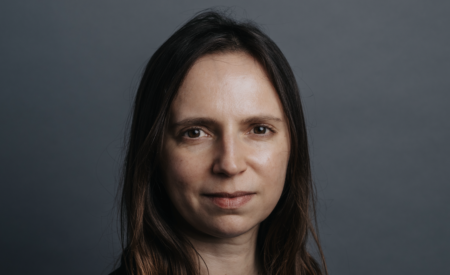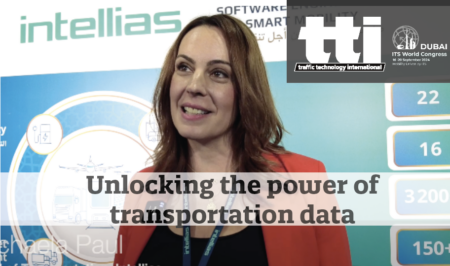As part of a speaker session at the ITS World Congress this week, New York City Department of Transportation’s (NYC DOT) chief technology officer, Cordell Schachter, revealed how the organization is investing in the processing of big data to save money in the future and reduce traffic congestion.
The session commenced with a welcome from session moderator and general manager, global public sector and vice president at Inrix, Scott Sedlik.
Following this, Schachter – who leads NYC DOT initiatives in safety, smart mobility, mapping, communications and accessible infrastructure at NYC DOT, and is also on the ITS America board of directors – took to the stage to share his knowledge in the growing field with his audience peers.
“This is just the beginning of the world of big data,” he said. “Similarly to how petroleum and oil fueled the industrial revolution, the new economy is going to be fueled by data.”
Yet large data sets aren’t automatically useful, he said. “At NYC DOT, we had supersized datasets from taxi GPS information, traffic signal phases and timings, that were being continuously recorded,” he explained. “We didn’t have the means, as a government organization, to digest or refine it.”
NYC DOT had to recognize its limitations in data processing in order to move forward with it. “We worked with partners such as Inrix and we allowed them to make the data smarter,” Schachter said. “NYC DOT has learned the importance of supporting both public and private development tools, as well as the importance of supporting young people to become data scientists.”
Proper processing of collected information has enables NYC DOT to share meaningful datasets with the public as part of its data share program.
“Unless you have the right data analysts or scientists working for or with you, then it won’t be easy for you to unlock the value your data,” Schachter said.
Schacter went on to share the example of NYC DOT exploring ways in which it can further unlock its data, after it was approached by external private organizations for datasets that reflected the ‘rules of the roads’ in the city.
“Our data has been collected from 1.1 million traffic signs installed throughout New York City’s infrastructure,” he said. “We are now working with data analysts to try to find a model solution that will allow large companies to receive our data while allowing us to use it, process it and share it with the public in the ways that we needed to.”
Other speakers in the session included: Mads Gaml, ITS program manager, traffic and urban life, City of Copenhagen, Denmark; Joachim Wahle, managing director, TraffGo, Germany; Darcy Bullock, professor of civil engineering and director of the joint transportation research program, Purdue University, USA; and Jennifer Cohan, secretary, Delaware DOT, USA.




